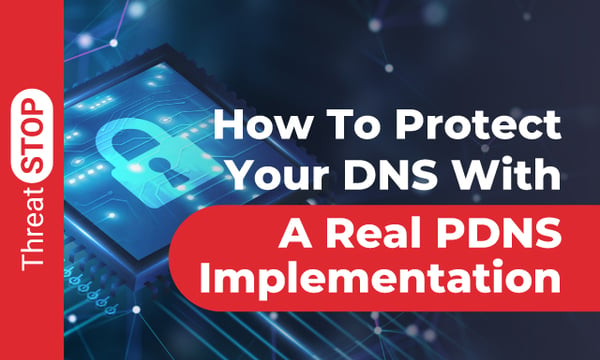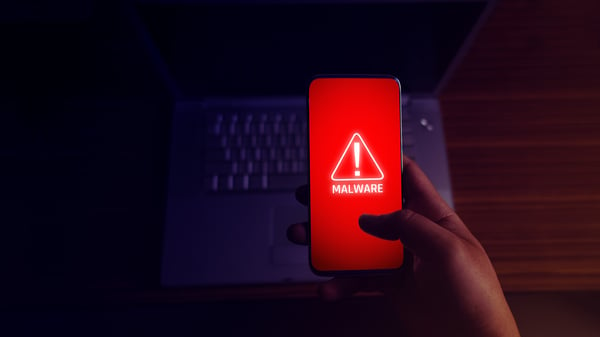September 20, 2012 • tombthreatstop
Nitol Takedown: How ThreatSTOP can help identify affected machines.
2Min read
•
Botnets,
Call Home,
microsoft,
News/Announcements,
sinkhole,
Specific Threats,
ThreatSTOP in use


